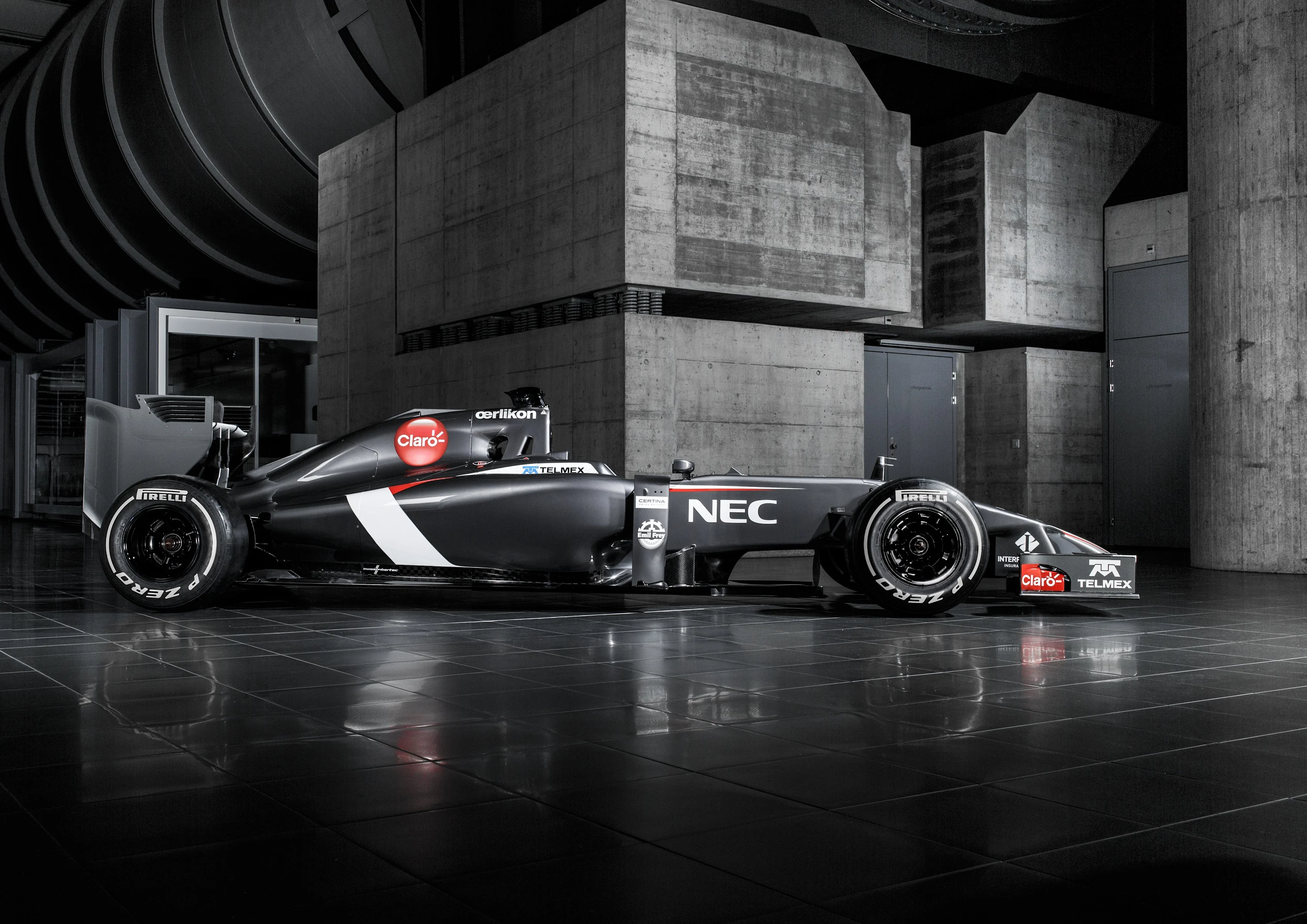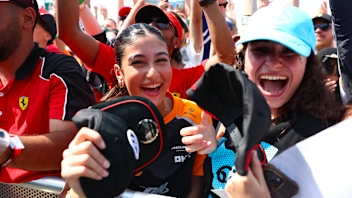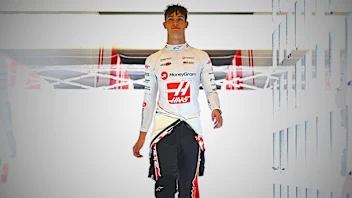Sauber present their 2014 challenger, the C33

Sauber have become the latest team to uncover their 2014 car, after the Ferrari-powered C33 was revealed in a digital launch on Sunday.
With a revised driver line-up of Adrian Sutil and Esteban Gutierrez, the Swiss team hope the new machine will help them build on their strong form at the end of last season, when they finished seventh in the constructors’ championship.
The C33 has been designed in accordance with the heavily revised 2014 regulations, arguably the biggest rule changes in Formula One history. They include a move to smaller, 1.6 litre turbo engines, more reliance on energy recovery systems (ERS), and updated aerodynamics.
“Together, these changes present the engineers with a huge challenge, especially with time pressure also a major factor,” commented Sauber’s chief designer Eric Gandelin. “The path we have followed with the design of the Sauber C33-Ferrari allows us maximum flexibility, so that we can react quickly. It is also clear that reliability will be an important factor in the first few races in particular. So this is an area which we have given very high priority.”
Perhaps the most visually striking element of the C33 is the very low, snout-like nose. The narrower front wing features mounting pylons on the nose that have been moved out as far as possible under the regulations to channel as much air as possible under the car.
“The radical changes to the technical regulations for 2014 mean that it’s even harder than usual to make predictions for the new season,” added Gandelin. “We know what kind of package we’ve put together here, but it is difficult to foresee what shape our rivals are in. The earliest opportunity to gain an impression of where the teams are in relation to one another will come during testing.”
That testing begins at Jerez in Spain on Tuesday. Sauber will use a roll-out version of the C33. This will be fully functional, but without a number of performance parts which will be introduced for the remaining two pre-season tests in Bahrain.
“On the one hand this gives us time to maximise the development of these performance relevant parts, and on the other hand we can run the car during the first test and check all the systems, which we feel is crucial, considering all the technical changes.,” explained Gandelin.
Next Up
Related Articles
 The most iconic recent championship celebrations
The most iconic recent championship celebrations Formula 1’s record-breaking 2025 season in numbers
Formula 1’s record-breaking 2025 season in numbers ExclusiveHow Bearman went from super-sub to star rookie in 2025
ExclusiveHow Bearman went from super-sub to star rookie in 2025 The best moments from F1 Secret Santa over the years
The best moments from F1 Secret Santa over the years ExclusiveHow APXGP was brought to life by costume designer Julian Day
ExclusiveHow APXGP was brought to life by costume designer Julian Day Celebrating the first F1 Allwyn Global Community Awards
Celebrating the first F1 Allwyn Global Community Awards